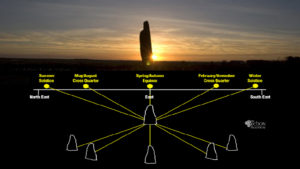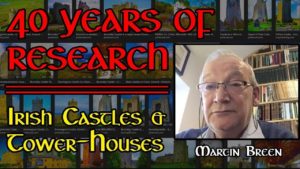Were the rights of women really so good in ancient Ireland? You will hear this fact repeated often, but is it true?
With a bit of research we find the truth is much more complex than it first appears…
The Status of Women
While the status of women in early Ireland was arguably better than any contemporary European society; and while we have references to powerful Queens and Goddesses in our mythologies; and while the island itself is even traditionally named after some of these Goddesses (e.g. Éiru, Banbha, Fodhla); it would be a disservice to history to state that women were in all respects ‘equal to men’. As you might expect the situation was more complex than that.
We find, for example, that in ordinary household life a woman’s social status was legally based on her closest male relative’s – whether her father, husband or sons. Though this served to provide her with some legal and financial social protections, she was in turn limited in her own legal capacity; she was restricted from entering contracts independently and could only give testimony at law in certain limited circumstances.
On the flip-side, however, the Brehon Laws also stated that wives held the “right to be consulted on every subject”. Crucially, women could choose who they married, were never considered to be their father’s or husband’s property, owned their own wealth and retained their property in the case of divorce – which they themselves could initiate on certain grounds; and, importantly, women were not confined to the household station in life.
Women could access higher education and develop their skills and expertise to become eligible to join any of the high-grade professions, and, through their own merit and excellence, begin to increase their social status in like manner as the men. We know, for instance, that there were female druids, brehons, poets, musicians, and doctors, etc. A woman who attained a higher grade than that of her closest male kin began to operate independently within society according to her own status.
The First Judgment in Ireland
This short story from the Lebor Gabhála Érenn (Book of the Takings of Ireland) illustrates the high position women held in Ireland from the earliest times. One day, the story goes, the leader of an early group of inhabitants of Ireland, Partholón, took off to survey the rich Irish landscape, leaving his wife Delgnat at home on their little island situated on a coastal inlet of County Donegal. While away, Delgnat sleeps with one of her servants, an extended kinsman of a lower grade named Topa. Adding insult to injury the adulterers share a drink from Partholón’s personal cup using his golden straw. Partholón returns from his excursion with a great thirst and calls for a drink. Placing the golden straw to his lips he instantly learns of the betrayal that had taken place. In a fit of vengeful fury he slays Topa along with Delgnat’s prized hound, Saimer.
Partholón had taken the law into his own hands and committed an offence against his wife greater than the injury he had himself suffered – justice demanded a remedy. Consulting the wisdom of a Brehon, damages were awarded against the husband in favour of the wife, thus establishing legal precedent. As restitution Delgnat claimed the island and renamed it Inish Saimer (Saimer’s Island) in honour of her dog – and it remains this name today.
“And that, without deceit, is the first judgement in Ireland: so that thence,
with very noble judgement, it is the right of his wife against Partholón.”
Lebor Gabhála Érenn §30.
The contribution of Irish women is obviously too great to sum up in 20 minutes, so this short video provides a broad overview with wide brush marks, drawing from Ireland’s history and mythologies.
Learn about the status of women at home and at work, marriage, divorce, and a handful of powerful Irish women and goddesses.



